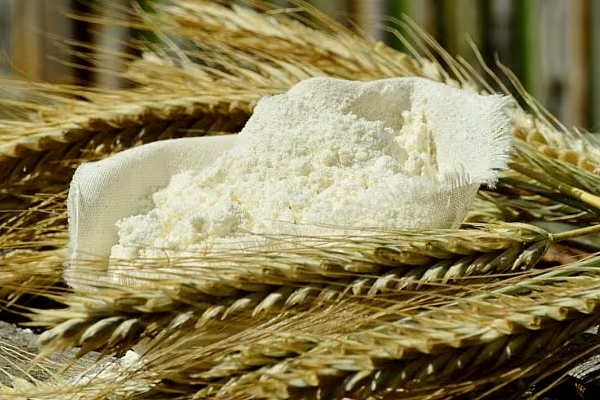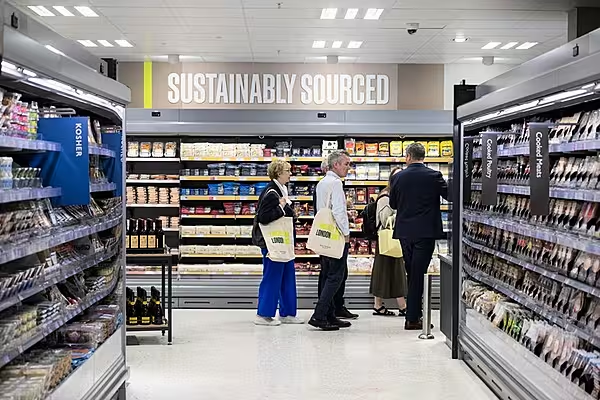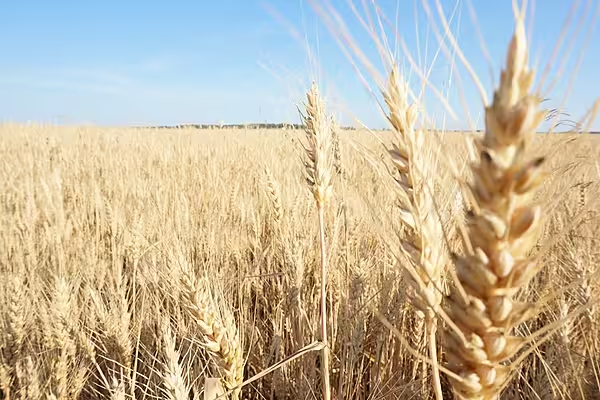World food prices jumped 28% in 2021 to their highest level in a decade and hopes for a return to more stable market conditions this year are slim, the UN's food agency said on Thursday.
The Food and Agriculture Organisation's (FAO) food price index, which tracks the most globally traded food commodities, averaged 125.7 points in 2021, the highest since 131.9 in 2011.
The monthly index eased slightly in December but had climbed for the previous four months in a row, reflecting harvest setbacks and strong demand over the past year.
Higher food prices have contributed to a broader surge in inflation as economies recover from the coronavirus crisis and the FAO has warned that the higher costs are putting poorer populations at risk in countries reliant on imports.
In its latest update, the food agency was cautious about whether price pressures might abate this year.
'Little Room For Optimism'
"While normally high prices are expected to give way to increased production, the high cost of inputs, ongoing global pandemic and ever more uncertain climatic conditions leave little room for optimism about a return to more stable market conditions even in 2022," FAO senior economist Abdolreza Abbassian said in a statement.
A surge in the price of fertilisers, linked in turn to spiralling energy prices, has ramped up the cost of so-called inputs used by farmers to produce crops, raising doubts over yield prospects for next year's harvests.
In December, prices for all categories in the food price index bar dairy products fell, with vegetable oils and sugar falling significantly, the agency said in its monthly update.
It cited a lull in demand during the month, concerns about the impact of the Omicron coronavirus variant, and supplies from southern hemisphere wheat harvests for the declines.
Sharp Increases
However, all categories in the index showed sharp increases during 2021 as a whole and the FAO's vegetable oil price index hit a record high.
Crop futures have seen volatile trading at the start of 2022, with oilseed markets stirred by drought in South America and floods in Malaysia.
Dairy prices maintained their recent strength in December, helped by lower milk production in Western Europe and Oceania, the FAO said.
News by Reuters, edited by ESM. For more Supply Chain news, click here. Click subscribe to sign up to ESM: European Supermarket Magazine.














